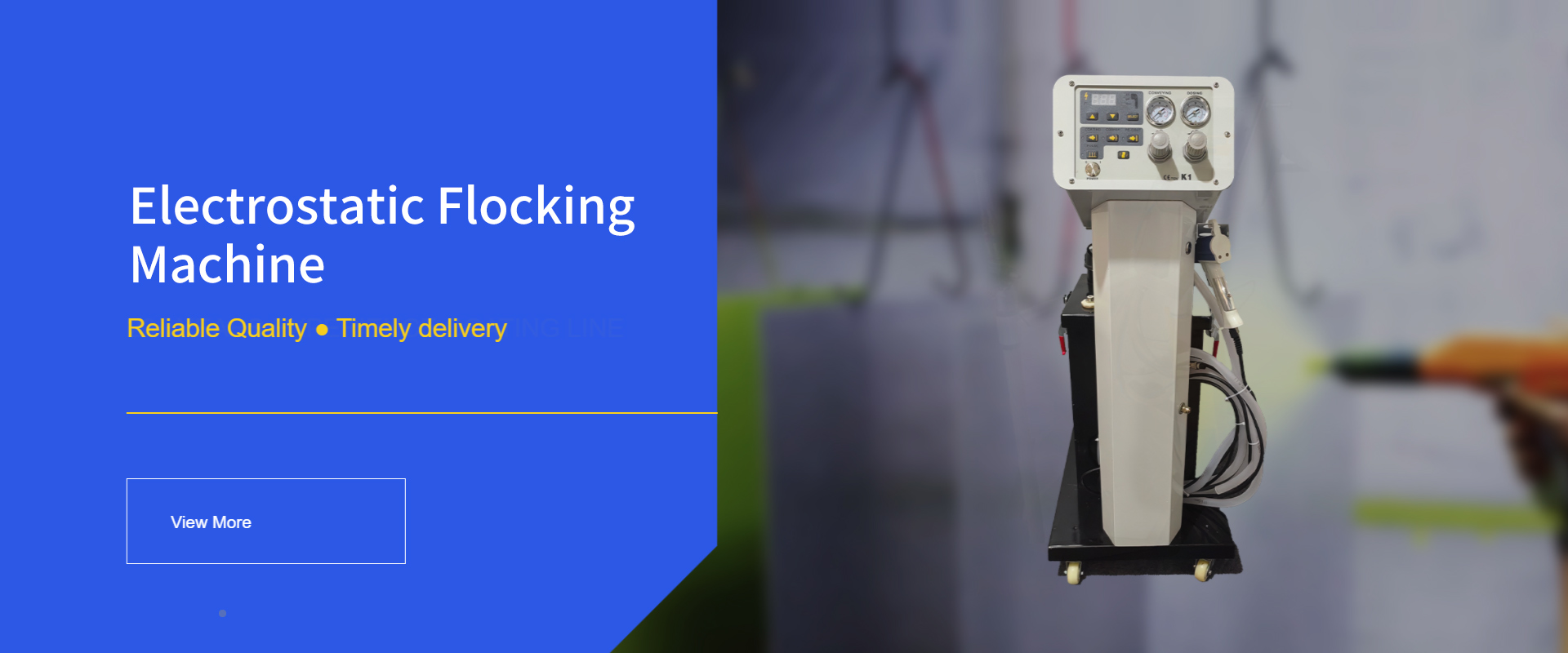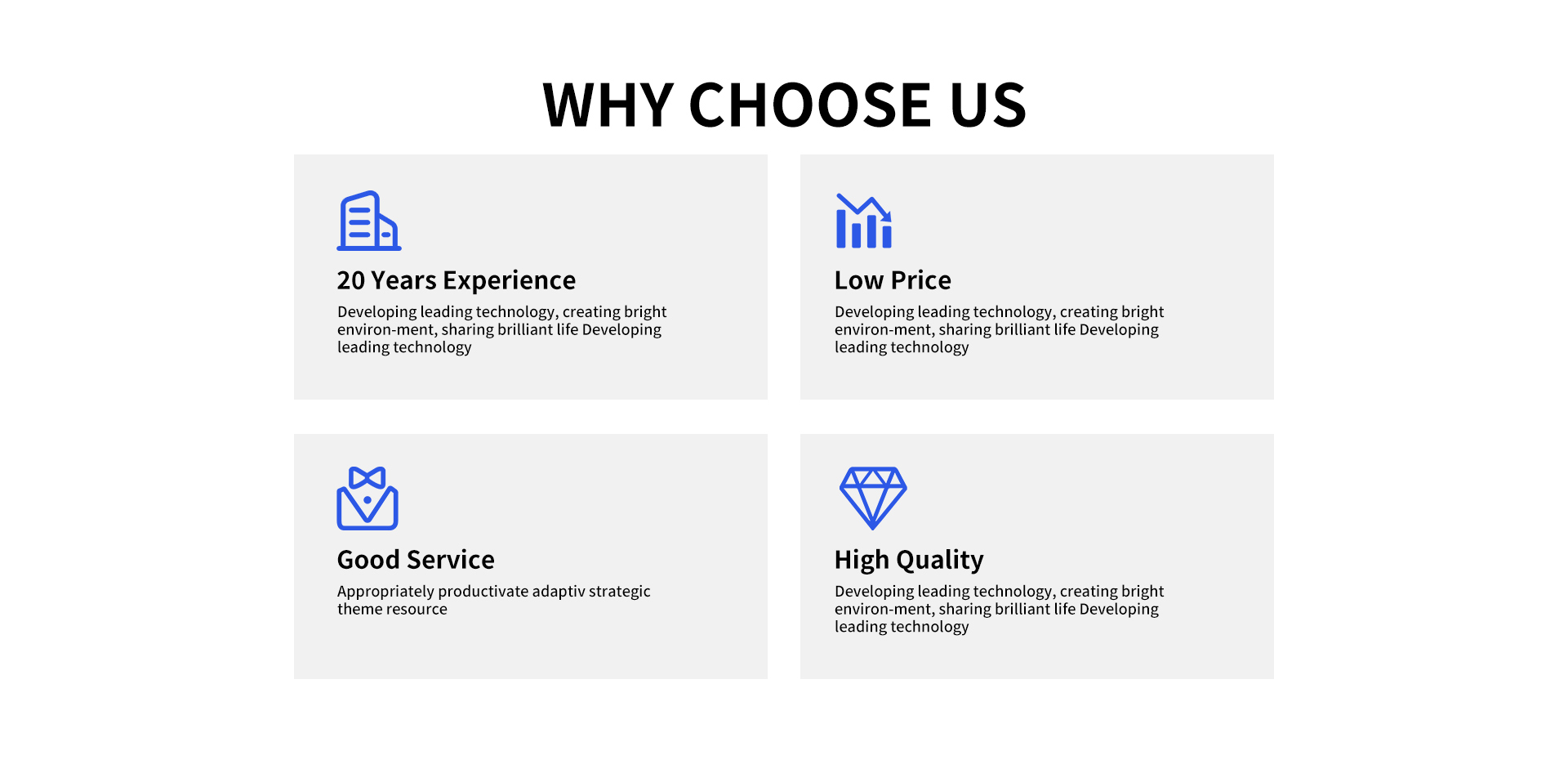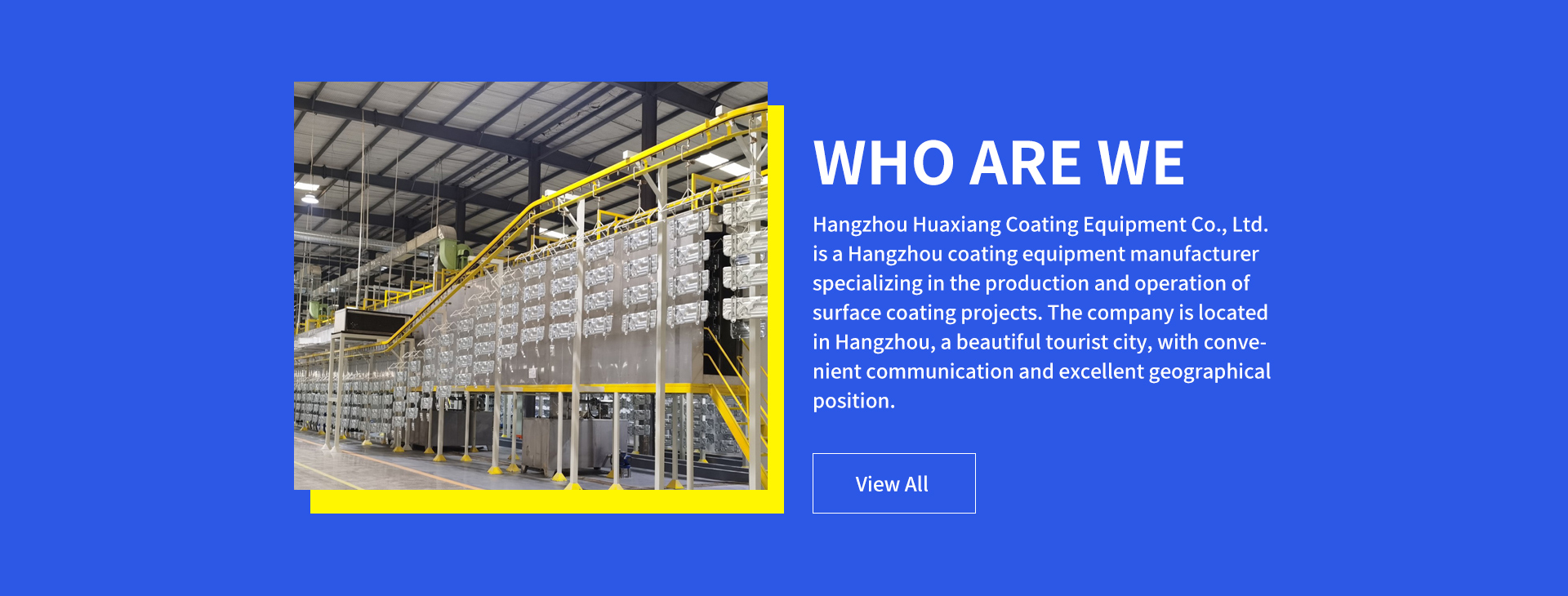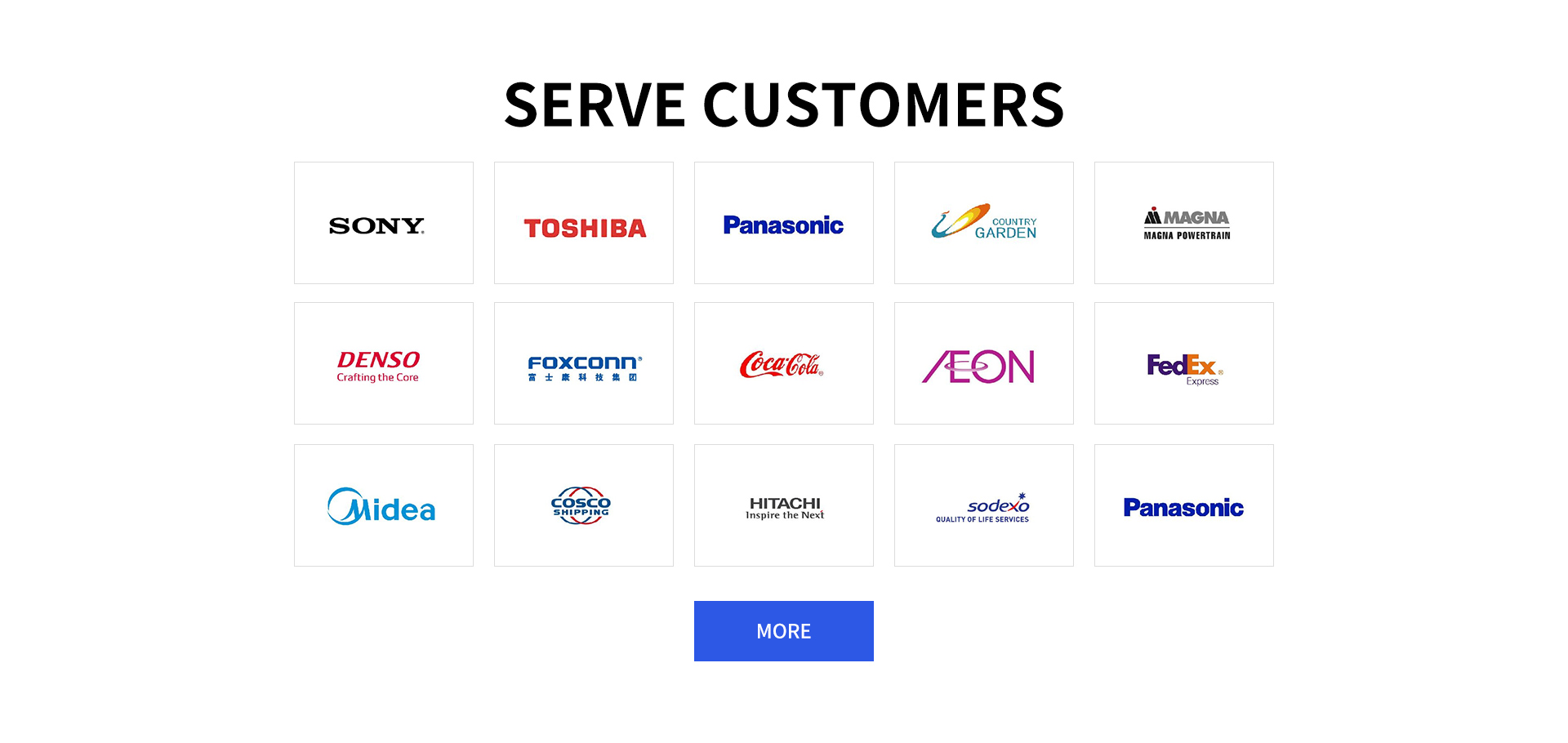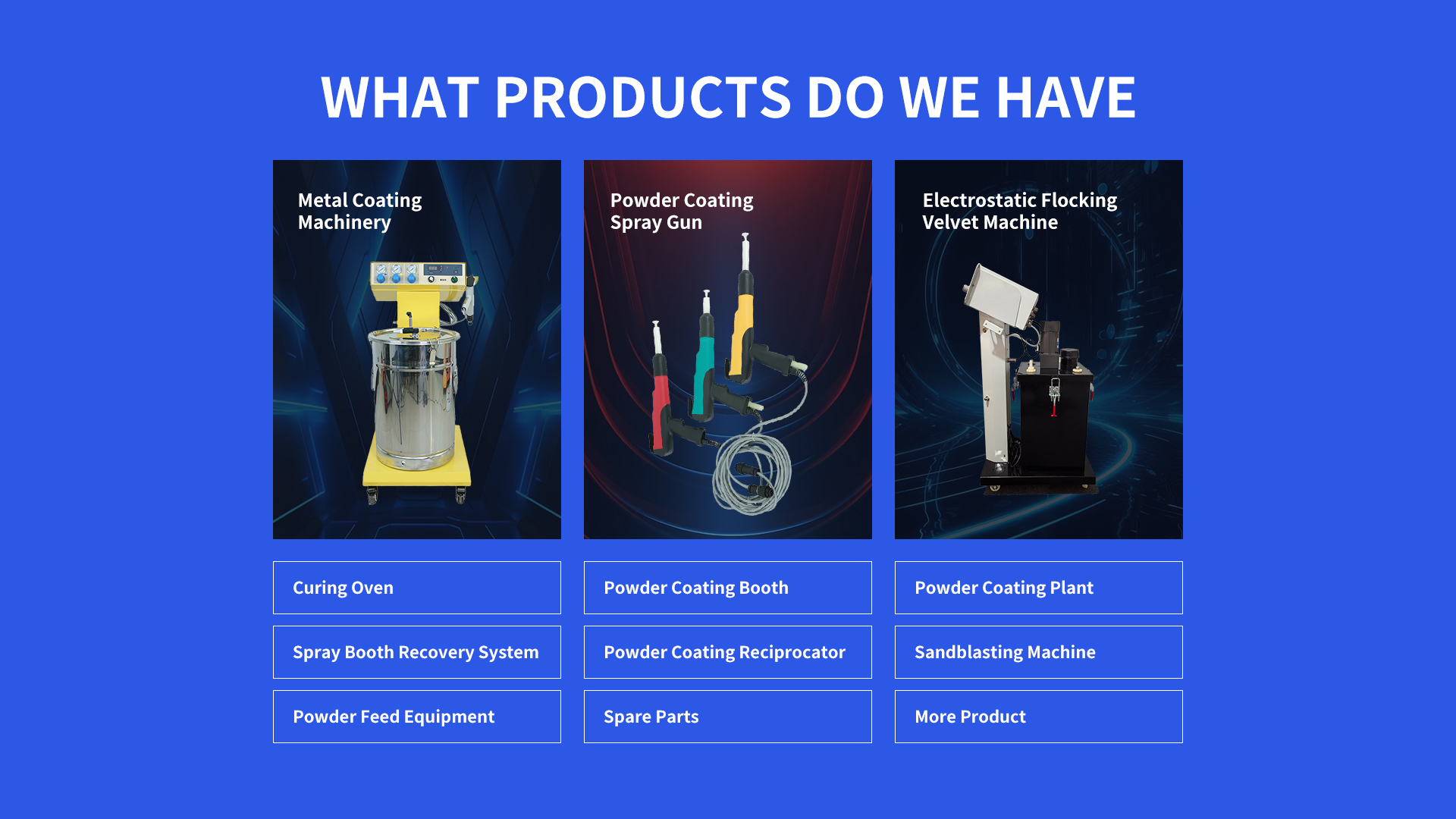Powder Coated Machine: A Consumer's Comprehensive Guide
The market for Powder Coated Machine systems is driven by industries seeking durable, low-maintenance equipment. Demand comes from manufacturing, construction, and logistics sectors. Prices vary from (2,000 for small, specialized models to )50,000+ for large industrial machines, based on size, functionality, and coating quality.
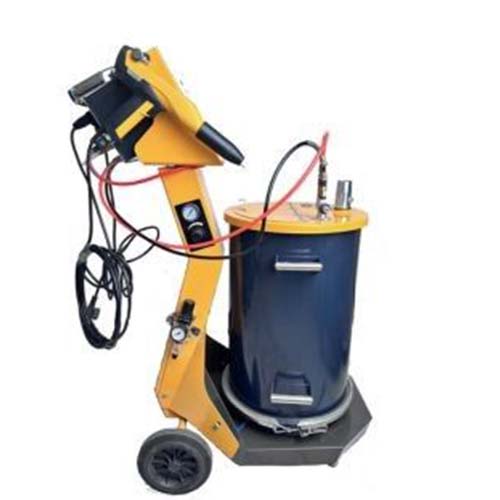
Powder Coated Machine Application in Painting Projects
Powder Coated Machines are integral to painting projects requiring long-lasting finishes. In manufacturing, they coat assembly line equipment, ensuring resistance to oils and chemicals. Construction sites use them for heavy machinery like cranes and bulldozers, protecting against rust from outdoor exposure. Logistics companies apply them to forklifts and conveyor systems, reducing wear from constant use. Even in food processing, these machines handle equipment needing corrosion-resistant, easy-to-clean surfaces.
Powder Coated Machine Surface Treatment Process Technology
Powder Coated Machine surface treatment involves meticulous preparation. First, the machine's metal surfaces are cleaned via sandblasting or chemical etching to remove impurities. A primer coat is applied to enhance adhesion, followed by electrostatic powder spraying. The coated machine undergoes curing at 180-220°C, forming a hard, uniform layer. Advanced processes include multi-layer coating for extra durability and texture customization for slip resistance in high-traffic areas.
Powder Coated Machine: What Is It?
A
Powder Coated Machine is equipment with surfaces treated using powder coating technology. Unlike traditional paint, the powder coating is applied electrostatically and cured with heat, creating a tough, chip-resistant finish. These machines range from small tools to large industrial equipment. The coating material—usually polyester or epoxy—adds protection against corrosion, impact, and UV damage, extending the machine's lifespan.
Powder Coated Machine Components
Coated Frame Structure: The main body of the machine, featuring a powder-coated metal frame. This component provides structural support while resisting rust and scratches. The coating thickness (typically 60-120 microns) ensures long-term durability even in harsh environments.
Moving Parts with Coated Surfaces: Components like gears, levers, and handles undergo powder coating. The coating reduces friction and wear, ensuring smooth operation. Specialized coatings may include additives for lubrication or heat resistance, depending on the part's function.
Control Panels with Coated Casings: The external housing of control systems is powder coated to protect against dust, moisture, and impact. The coating here is often textured for grip and may include color-coding for safety or operational clarity.
Powder Coated Machine Advantages
Enhanced Durability: The powder coating resists chipping, peeling, and corrosion better than liquid paint, extending the machine's operational life by 30% or more compared to uncoated alternatives.
Low Maintenance: Coated surfaces are easy to clean—requiring only mild soap and water—reducing upkeep costs. They also resist stains from oils, chemicals, and dirt, maintaining a professional appearance.
Cost Savings: Reduced need for repainting and repairs lowers long-term expenses. The initial investment in powder coating is offset by fewer replacements and less downtime.
Safety Benefits: Textured coatings on handles and steps improve grip, reducing slips and accidents. Heat-resistant coatings on high-temperature components prevent burns and damage to nearby parts.
Powder Coated Machine FAQ
How to Choose the Right Powder Coated Machine for Industrial Use?
Assess your environment—humid areas need extra corrosion resistance, so prioritize epoxy coatings. For outdoor use, select machines with UV-stable polyester coatings. Check coating thickness; 80+ microns work best for heavy use. Evaluate the machine's intended function—moving parts need flexible coatings to withstand bending. Read manufacturer specs on curing processes to ensure proper adhesion. Compare warranties, as longer coverage indicates confidence in coating quality.
How to Maintain a Powder Coated Machine for Optimal Performance?
Clean coated surfaces weekly with a soft cloth and mild detergent to remove dirt. Avoid abrasive cleaners or steel wool that can scratch the coating. Inspect for chips or cracks monthly; touch up small areas with matching powder touch-up kits. Lubricate moving parts as recommended, taking care not to get oil on coated surfaces—wipe excess immediately. Store machines indoors when not in use, or cover with waterproof tarps if outdoors.
How to Inspect the Coating Quality of a Powder Coated Machine Before Purchase?
Check for uniform color across all surfaces—variations indicate poor application. Run a finger over edges; rough spots may mean uneven curing. Use a micrometer to measure coating thickness, ensuring it meets the manufacturer's specs. Perform a tape test: apply masking tape firmly, then peel quickly—no coating should come off. Inspect welds and joints, as these areas often have thinner coating and are prone to early wear.
How to Repair Minor Damage to a Powder Coated Machine?
For small chips, clean the area with alcohol, sand lightly, and apply a powder coating touch-up pen or spray. For deeper scratches, use a filler designed for powder coatings, let dry, sand smooth, then apply touch-up. For larger areas, consider professional re-coating to maintain integrity. Avoid using regular paint, as it won't bond well and may peel, leaving the surface vulnerable.
How to Determine if a Powder Coated Machine Is Suitable for Food-Grade Environments?
Look for certifications like FDA approval for the coating material, ensuring it's non-toxic and won't leach chemicals. The coating should be smooth with no pores to prevent bacterial growth. Check that the curing process meets food safety standards, with no residual solvents. Ask manufacturers about resistance to cleaning agents like sanitizers, as harsh chemicals can damage improper coatings. Opt for white or light-colored coatings to easily spot food residue.
Statement: Hangzhou Huaxiang Coating Equipment Co., Ltd Chinese Powder Coating Equipment facturers provide you with customized equipment for various types of Powder Coating Lines, Powder Coating Ovens, Powder Coating Booths,Powder Coating Guns, etc. For inquiries! Contact us at
Email: gezx@cncolourspray.com
WhatsApp: +86 13335812068

